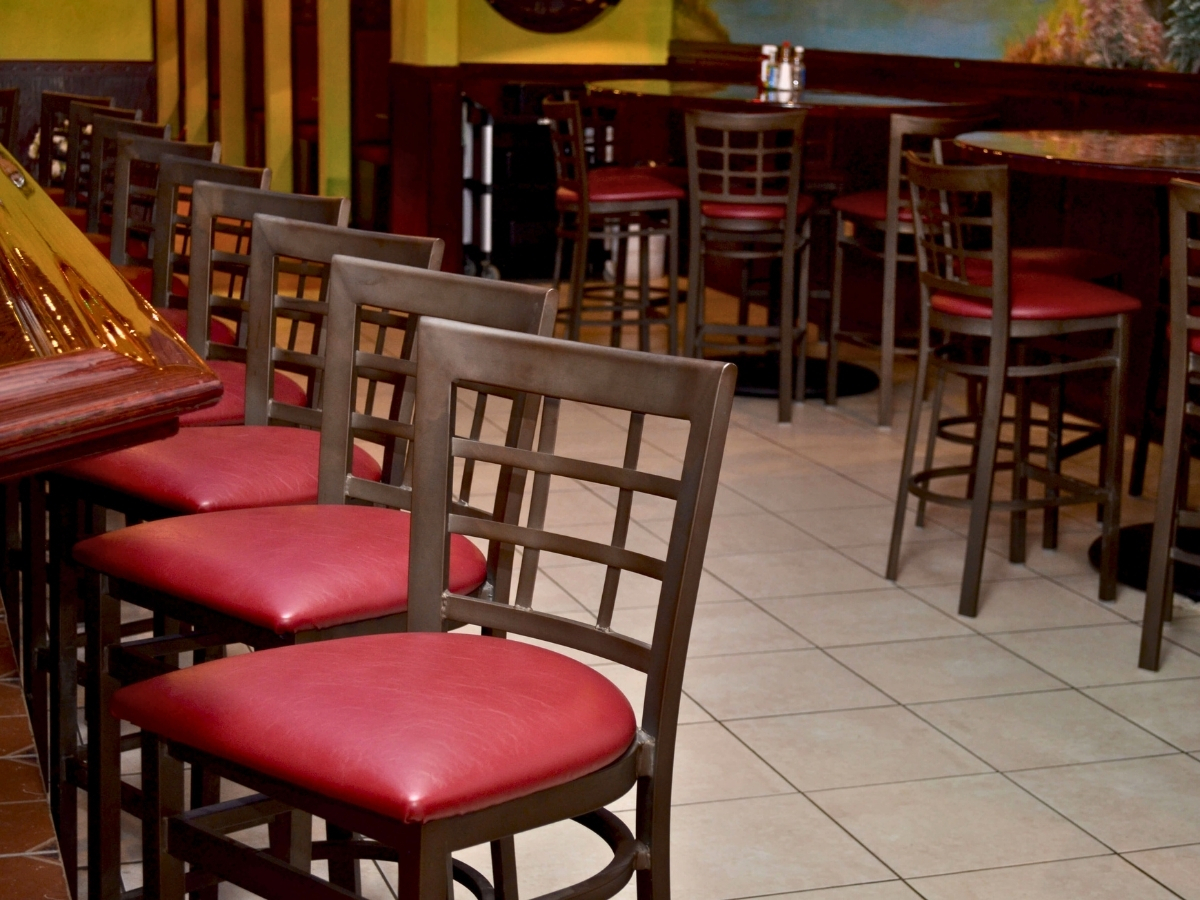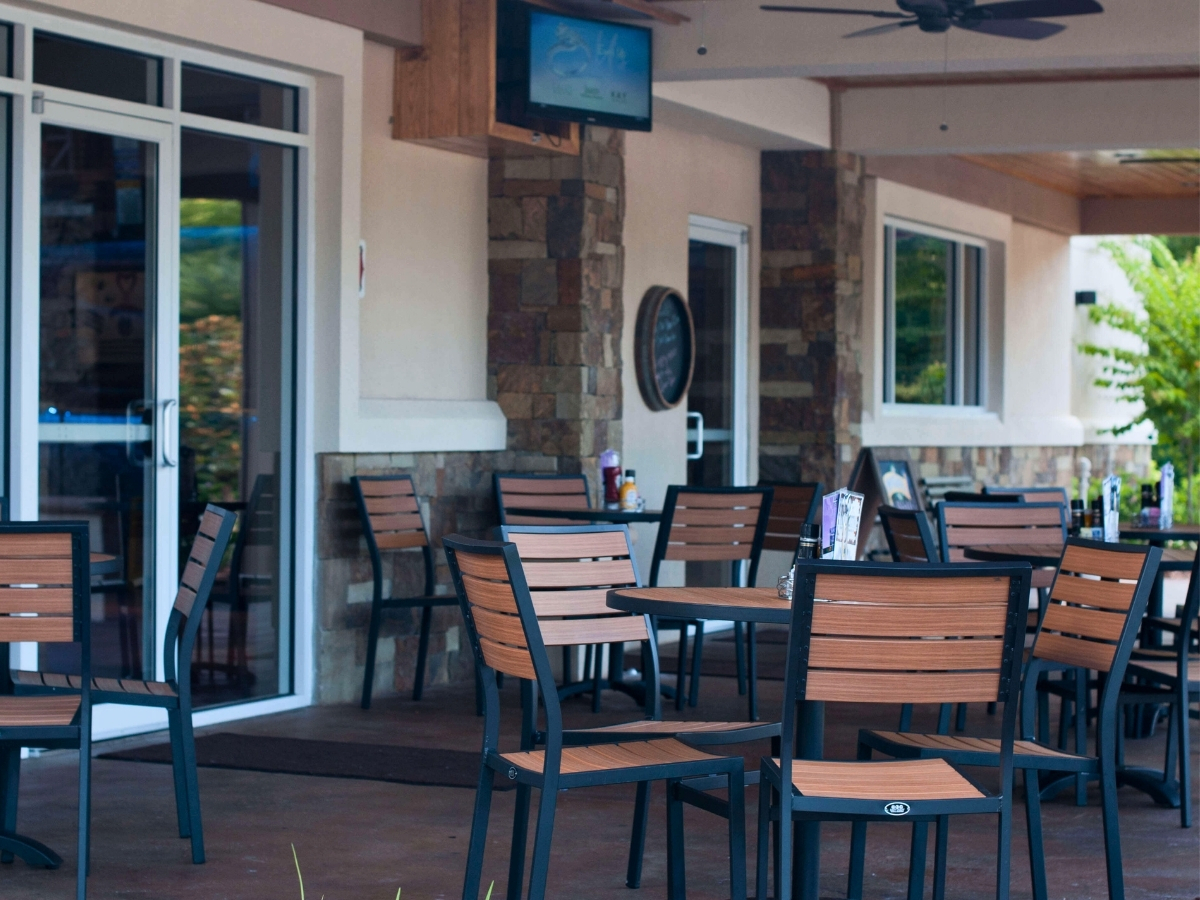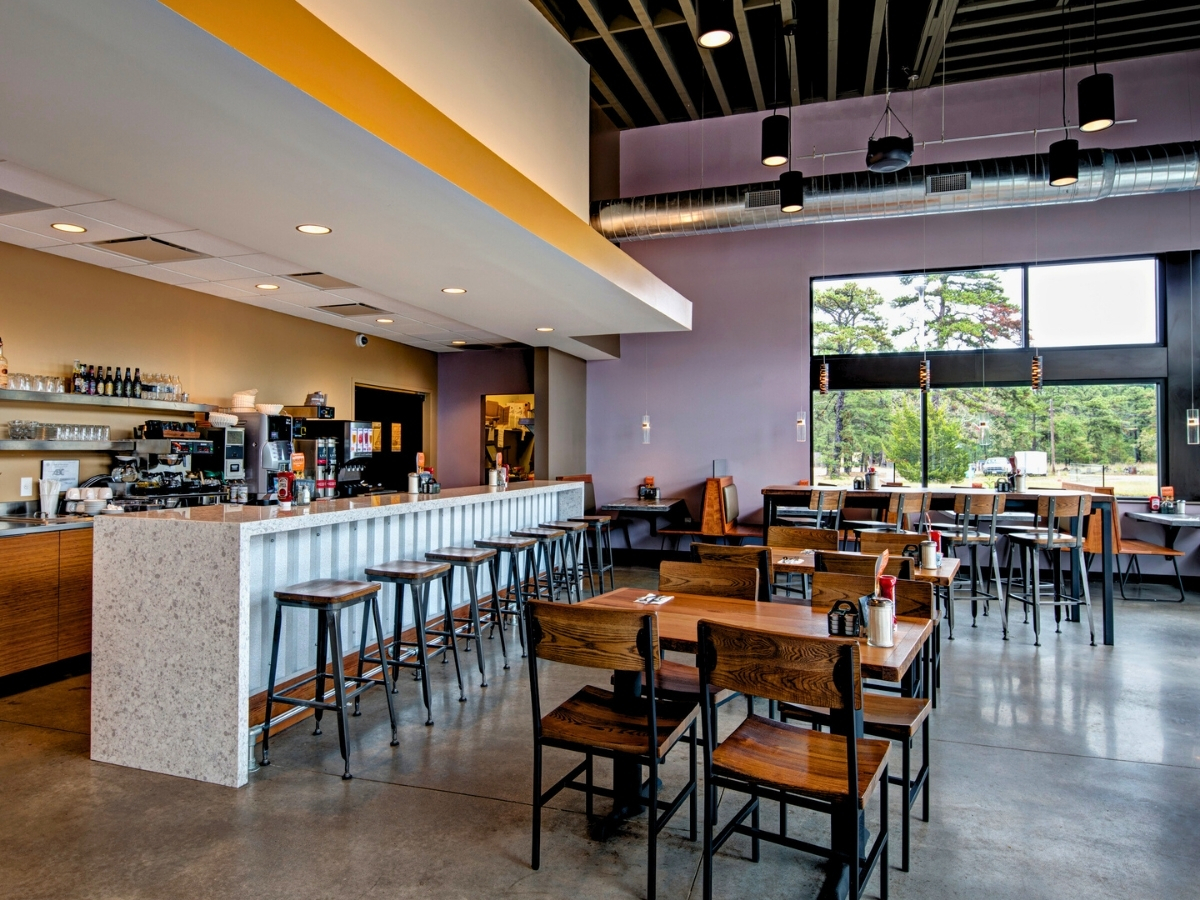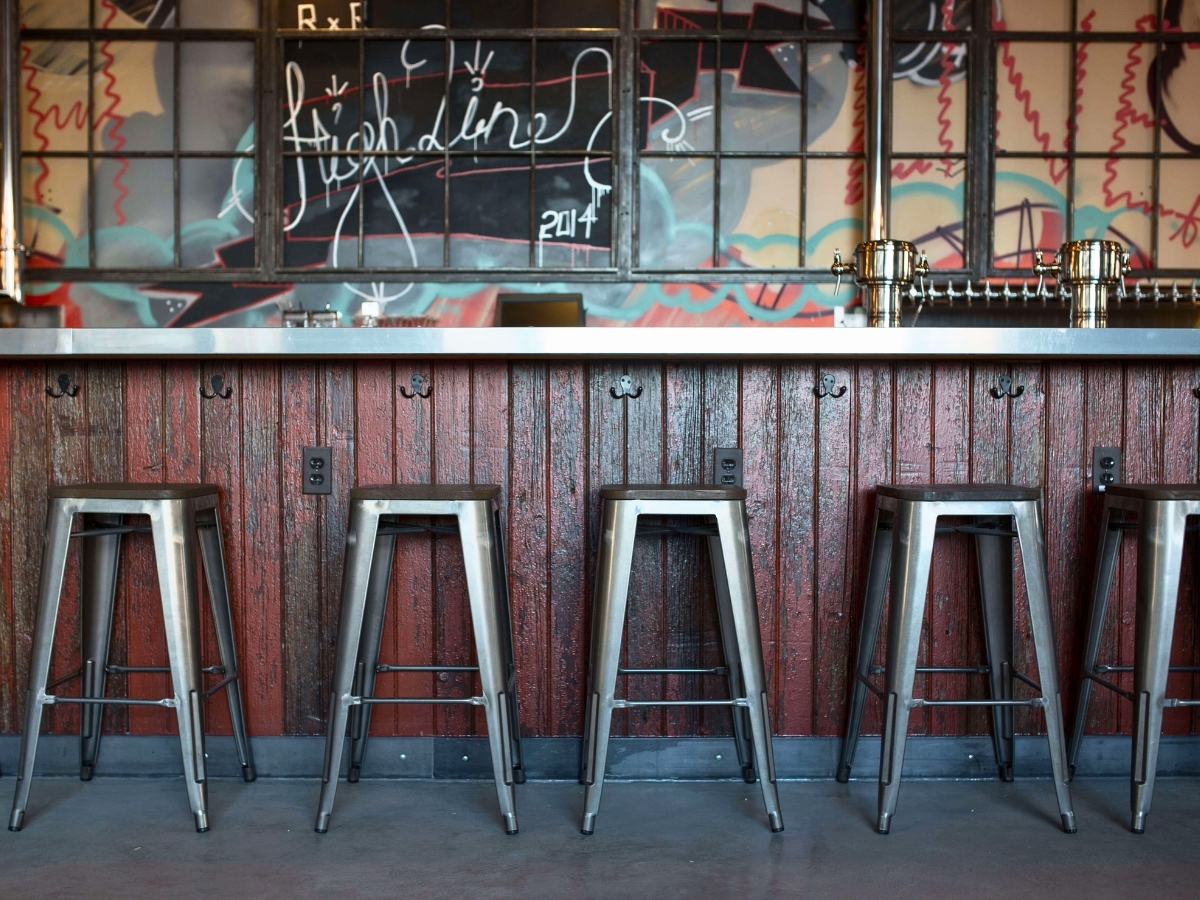Tipping to express your gratitude for good service from a restaurant’s wait staff has been a long-standing tradition in the United States. So, whenever you receive your bill at a restaurant and you find the gratuity line nowhere to be found, it can be a bit out of the ordinary. But, in some restaurants, this has become the norm.
Some restaurants have taken it upon themselves to ensure their front of house workers and kitchen staff are receiving equitable wages by instituting no-tipping policies and raising their prices by 15-20% instead. They claim that these higher prices enable them to pay all of their employees a higher wage. Advocates for the no-tipping movement also insist that not giving customers the chance to tip poorly can give the service industry a more professional appearance and shrink the income gap between the wait staff and cooks.

Americans have become accustomed to rewarding wait staff with a tip but in other areas of the world, the service industry is handled differently. For example, many restaurants in France operate service compris, or “service is included”. With this model, prices have absorbed the cost of service. If you receive extraordinary service, leaving an additional 1 to 2 percent tip can be appreciated. In contrast, if you are at a restaurant in Japan, tipping is not a typical part of the culture. Leaving a tip can be seen as rude and will often be refused by the staff.
Originally, tipping came about “to insure promptitude” in the service industry. Mid-19th century Americans began using tips as a show of wealth and knowledge of European gentility rules, and by the 1900’s, tipping was a common practice.
But isn’t that what minimum wage is for? Not exactly. The only employers required to pay tipped employees the full state minimum wage before tips are in Alaska, California, Minnesota, Montana, Nevada, Oregon, and Washington. The other 43 states require employers to pay tipped employees a minimum cash wage at or above $2.13. In other words, if your wages are set at $2.13, a regular 8-hour shift will earn you $17.04 pre-taxes. Even with their subjective nature, tips can help those in the service industry have a livable wage. For more information on your state’s tipping law, please refer to the standards set by the United States Department of Labor.

No-tipping policies have been a hard change for both customers and servers to get used to. Tipping has become so ingrained in the American dining experience and can keep restaurant prices low. But because tipping is very subjective, it’s easy to see that it may not always be a fair practice. While some customers may over tip their server, others may have a mission to only tip 10 percent anywhere they go, regardless of actual service quality. It’s not easy getting customers to relinquish their control over how much their server is rewarded, especially in a post-recession world. So instead of trying to change a single way of thinking, restauranteurs have the challenge of altering two ideologies.
In late 2015, Joe’s Crab Shack became the first casual-dining chain to try using a no-tipping policy in 18 of its nationwide restaurants. After the first six months of implementation, there were only four that continued to use the policy. To make up for the difference, the restaurant raised wages by increasing menu pricing. As a result, Joe’s Crab Shack saw less customer traffic and a large turnover in staff who couldn’t/wouldn’t conform with the wage change. At least in chain establishments, gratuity-included dining hasn’t quite caught on.
While Joe’s Crab Shack customers didn’t take to the no-tipping policy, there are numerous restaurants in San Francisco, Pittsburgh, New York City, and more that are getting along just fine with the added policy. Most of them are operated by “celebrity” chefs that have pricing power that the rest of the market doesn’t enjoy.
What’s your view on implementing a no-tipping policy? Tell us in the comments below.






